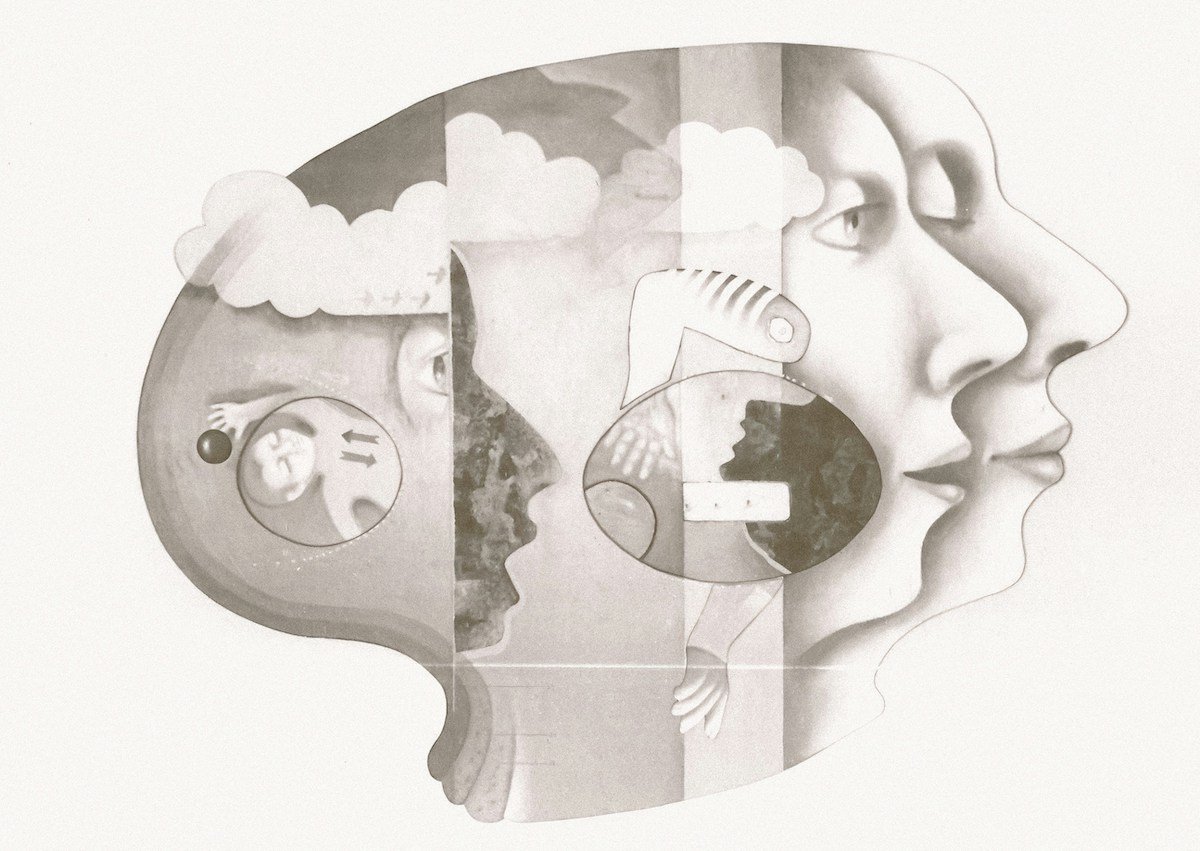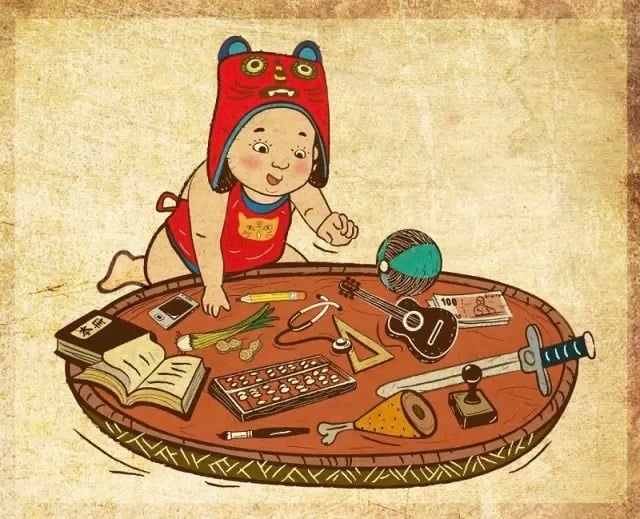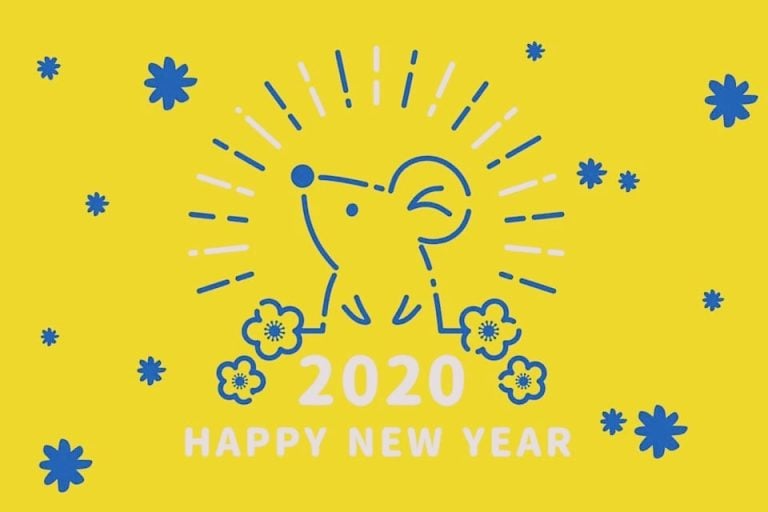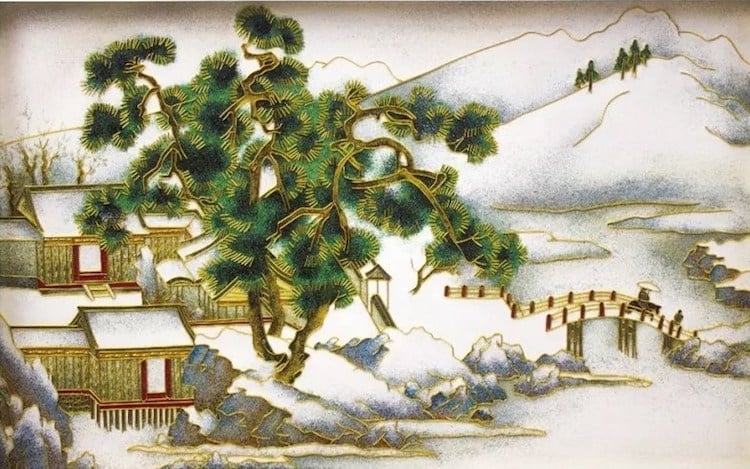The Hidden Design of Zi Wei Dou Shu: How Your Inner World Shapes Your Outer Expression

The Problem with Memorizing Stars
Many beginners in Zi Wei Dou Shu fall into the trap of memorizing what each star means in each palace. For example, they’ll learn that the Desire (Tan Lang) in the Travel Palace means “peach blossom charisma,” or that the Advisor (Tian Ji) in the Spouse Palace suggests a relationship style marked by flexibility, shifting emotional needs, or intellectual restlessness. But soon, they run into confusion: What happens when the stars appear together? What if a palace has no main stars? Why do some stars seem to contradict themselves?
The deeper logic of Zi Wei Dou Shu offers a powerful answer: it’s not about memorizing. It’s about understanding how the palace interacts with the nature of the star, and how stars mirror their internal and external selves.
The Travel Palace: Mirror of the Inner World
Among the twelve palaces, the Travel Palace is often underestimated. Most books define it as your outward behavior, how you act in public, and how others perceive you. But here’s the deeper truth: the Travel Palace also reflects your inner world.
Take Desire, the star of desire and charm. When Desire resides in the Travel Palace:
- Its outer expression shows up as charisma—a person who is socially magnetic.
- Its inner desire, however, is a longing for connection, validation, or even admiration.
In other words, the external charm exists because the inner world craves attention. This isn’t just surface behavior—it’s a psychological mirror.
What if your Self Palace contains Martial (Wu Qu), the star of discipline and practicality? Then even though you appear charming like Desire in Travel Palace, your inner desire for connection is filtered through Marshall’s practical value system. So you don’t just want popularity; you want meaningful, useful relationships. You may even hold back socially, appearing more reserved despite the outer peach blossom aura.
This is why Zi Wei Dou Shu’s Travel Palace is so important. It teaches us that every external trait has an internal cause. The Self Palace and the Travel Palace are always in direct opposition, forming a pair that shows both surface and depth.
The Star Pairing Logic: Inner World Reflected Through Oppositions
Zi Wei Dou Shu was designed with human nature in mind. Every major star has a hidden side, and we can understand that side by looking at the star directly across from it—its opposition.
Two pairings are fixed in every chart:
- The General (Qi She) always faces the Duke (Tian Fu)
- The Vanguard (Po Jun) always faces the Minister (Tian Xiang)
This means that the outward aggression of the General is balanced by an inner desire for stability (Duke). Similarly, the chaotic dreams of the Vanguard are secretly guided by the Minister’s need for order.
Most other stars rotate, meaning their opposite star can vary. This makes them more emotionally complex. Take the Advisor (Tian Ji): its oppositions could be the Obscura (Ju Men), the Moon (Tai Yin), or the Sage (Tian Liang) .
- With the Moon, the Advisor is softened. It still values logic, but now wants emotional depth and nurturing. This pairing is romantic but potentially unstable.
- With the Obscura, the Advisor becomes paranoid. The mental agility is tinged with insecurity, making relationships harder to sustain.
- With the Sage, the Advisor may become intellectual, aloof, and harder to read.
Understanding the opposite star explains the emotional complexity that textbooks often ignore.
The Two-Star Logic: Primary and Secondary Influences
Many palaces contain two major stars. But how do we interpret them?
The secret is to treat them like a company department with two managers:
- The first star is the primary manager (main influence).
- The second star is the secondary manager (modifies or disrupts the first).
For instance, Martial (disciplined and courageous) paired with Desire (charming and indulgent) adds drive and edge to Desire’s charm. Martial remains dominant, but its assertive energy gains a layer of magnetic allure.
In contrast, the Child (peaceful, naive) paired with the Obscura (suspicious, talkative) may suffer. The Obscura can infect the Child’s purity with anxiety, making the person overly cautious.
Always start with the first star, and see how the second one alters it. Don’t make the mistake of treating the second star as equal. Zi Wei Dou Shu is hierarchical by design.
What About Empty Palaces?
When a palace has no major stars, it’s not a dead zone. It simply borrows from the palace directly across from it. This reflects the idea that no part of life exists in isolation.
But there’s a catch: if the empty palace contains stars like the star of Literature (Wen Chang), the Creativity star (Wen Qu), or the ominous stars – Destruction Star (Qing Yang), Obstruction Star (Tuo Luo), Fire Star (Huo Xing), and Scheming Star (Ling Xing), then we do not borrow. These stars override the usual logic and must be interpreted on their own terms.
From Mirror to Map: A Full-System View of the Palaces
The mirror logic we’ve seen between the Travel and Self Palaces isn’t a special case—it’s a universal structure embedded in Zi Wei Dou Shu. Every palace has an opposite, and each pair reveals a dynamic tension between how we act and what we truly want.
- Spouse Palace reflects value and preference in relationship, mirrored by Career Palace, where stars inside reveals the emotional needs and hidden expectations that shape our approach to commitment and how we navigate roles in a relationship.
- The Wealth Palace reveals how we interact with material resources, while the Karma Palace reflects our subconscious attitudes toward value, control, and financial security.
- The Child Palace reveals our parenting style—how we nurture, guide, and protect. In contrast, the Property Palace reflects the emotional foundations shaped by our early environment. Together, this axis speaks to the cycle of care: how what we received becomes what we pass on.
When viewed this way, the twelve palaces become more than a list—they form six deeply psychological axes. These oppositional pairs create a chart that is alive with feedback between our outer expressions and hidden motivations.
A Final Word: Stop Memorizing, Start Understanding
Zi Wei Dou Shu isn’t just a classification system—it’s a conversation between what we show the world and what drives us internally. Each star placement gains clarity when we consider its opposite. Each palace becomes multidimensional when we understand it through both behavior and motivation.
When you begin to interpret charts this way, you stop memorizing and start seeing people in all their complexity. That’s when astrology stops being predictive—and starts becoming transformative.
Subscribe to Newsletter
I share insights on Zi Wei Dou Shu, reflections on life, and practical guidance to help you navigate your journey.—subscribe and stay inspired!
Unlock the Secret of Destiny
Follow me on Facebook for fortune insights, life coaching, and wisdom from Zi Wei Dou Shu!





